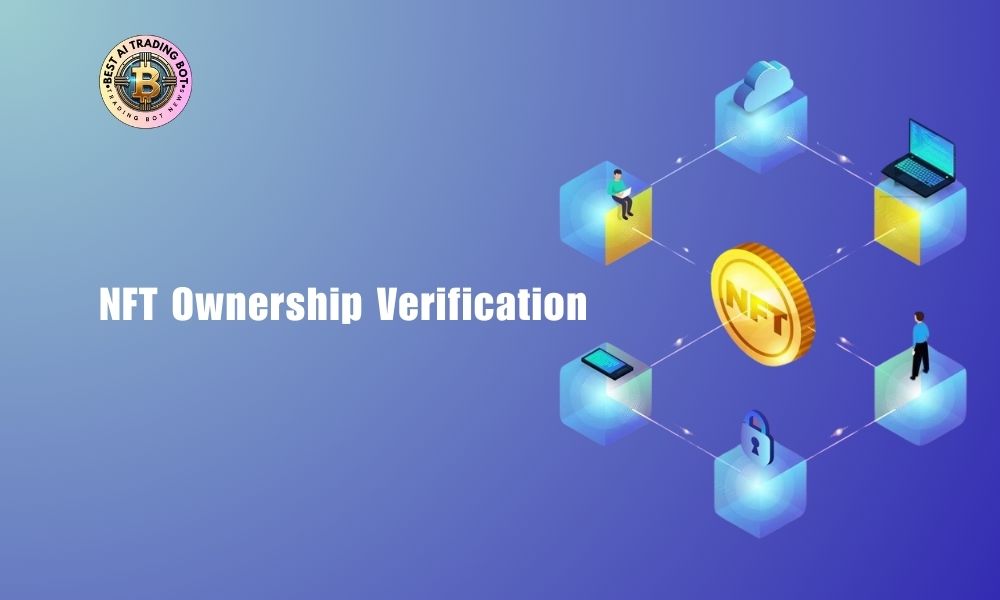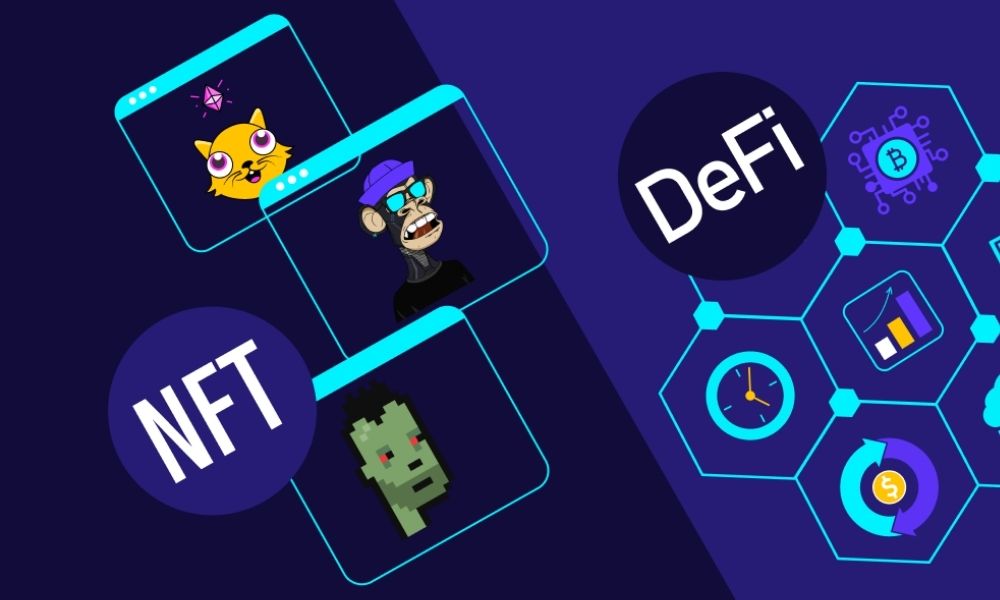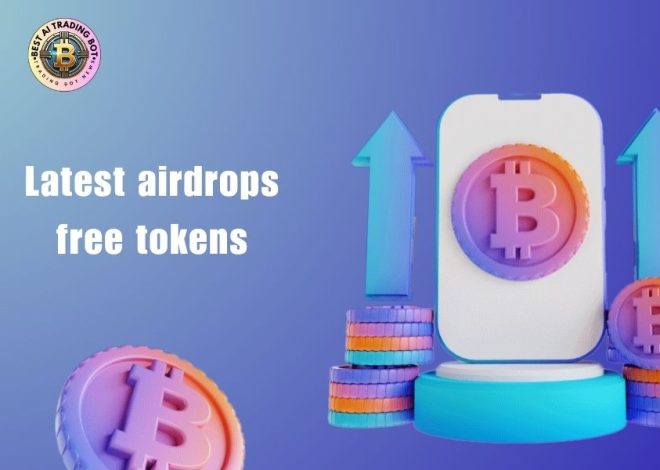
The Ultimate Guide To NFT Ownership Verification: Securing Your Digital Assets
In the rapidly evolving world of blockchain technology, NFT ownership verification has become a cornerstone for securing digital assets. As NFTs continue to gain traction across industries, understanding how to verify ownership is essential for protecting your investments and ensuring authenticity. This guide delves into the mechanisms, tools and best practices for verifying NFT ownership.
Contents
Methods of NFT ownership verification
NFT ownership verification is crucial in maintaining the integrity of digital assets and transactions. One of the most commonly used methods is through blockchain explorers like Etherscan or Polygonscan, which offer real-time data about token transactions and wallet holdings. Users can easily search for a wallet address to check transaction history and confirm if an NFT is currently owned by a particular address. These explorers display important details such as the NFT contract and token ID, making the verification process transparent and accessible to anyone in the community.
Another popular method of verification is using NFT marketplaces like OpenSea and Rarible. These platforms allow users to directly connect their wallets and view their entire collection of NFTs in one place. By simply browsing through their account on these marketplaces, owners can see the specific NFTs in their possession and verify their ownership. This method is convenient because it’s integrated within a commonly used platform, making it easy for both casual buyers and serious collectors to keep track of their assets.
Finally, verification services like Blockspan API or CollabLand bots offer more automated and advanced methods for confirming NFT ownership. The Blockspan API enables developers to create custom verification systems that scan wallet addresses and contract data to verify ownership in real time. On platforms like Discord, CollabLand bots are widely used to assign roles based on NFT ownership, automatically verifying who holds specific NFTs. These automated systems make it faster and more reliable to verify assets in online communities or for developers creating NFT-based apps and platforms.
Guide to NFT ownership verification
To ensure accurate NFT ownership verification, it’s important to follow a structured process. Here’s a detailed guide that breaks down the steps you need to take:
Step 1: Locate token tnformation
Before NFT ownership verification, the first thing you need to do is gather key details about the NFT. This includes finding the token ID and contract address. Most NFT marketplaces like OpenSea or Rarible will display this information on the NFT’s page. Alternatively, blockchain explorers such as Etherscan or Polygonscan also provide these details, which are essential for the verification process. The token ID identifies the specific NFT in question, and the contract address confirms which smart contract the token is part of.
Step 2: Use blockchain explorer
Once you’ve gathered the token ID and contract address, the next step is to use a blockchain explorer to trace the NFT ownership verification. Blockchain explorers like Etherscan allow you to input your wallet address into the search bar, which will show you all transactions associated with that address. You can search for the specific token ID within the wallet’s transaction history to see if the NFT was transferred or if it’s still under your ownership. The transaction history will display any relevant actions involving the NFT, such as purchases transfers, or sales.
Step 3: Verify metadata
Metadata plays an important role in NFT ownership verification. Metadata includes key details like the creation date, authenticity, and the digital file associated with the NFT. On chain metadata can often be found within the smart contract linked to the token. If available, examine the authenticity certificates or provenance data, as these can further confirm the legitimacy of the NFT. Many platforms, like OpenSea, offer links to the metadata and provenance, providing a transparent record that can be checked for validation.
Step 4: Connect wallet
To confirm ownership directly, you can use platforms like OpenSea or CollabLand. By connecting your wallet to these platforms, you can view your entire collection of NFTs. When you connect your wallet, the platform will automatically pull up the NFTs associated with it, providing a clear and quick way to confirm your holdings. For NFT-based communities on platforms like Discord, services like CollabLand use wallet connections to automatically verify and assign roles to users based on their NFT ownership verification. This step allows for real time confirmation of ownership in a secure and convenient way.
How to protect your NFT after verification?
After completing NFT ownership verification, protecting your digital assets becomes crucial to avoid the risk of loss. One of the first steps is to store your NFTs in cold wallets like Ledger or Trezor, this method is effective in minimizing the chances of cyberattacks. Additionally, you should enable two factor authentication (2FA) for both your wallet and any accounts on NFT platforms. This adds an extra layer of security and prevents unauthorized access.
Furthermore, always be cautious with suspicious links sent via email, messages, or social media, as these could be phishing attempts. Backing up your private keys is also essential, they should be stored in a secure place, such as a safe or an encrypted USB drive, in case of emergencies. Don’t forget to regularly update your wallet software and browser to patch potential security vulnerabilities. Protecting digital assets is an ongoing process that requires vigilance and proactive steps from NFT owners.
In today’s digital world, NFT ownership verification is essential for securing your assets and building trust in the market. As NFTs grow in value, verifying and protecting them ensures authenticity and reduces the risk of fraud. Simple steps like using cold wallets and enabling two-factor authentication can make a big difference. For more insights and reliable updates on blockchain innovations, visit Best AI Trading Bot, your trusted source for navigating the digital economy with confidence.




